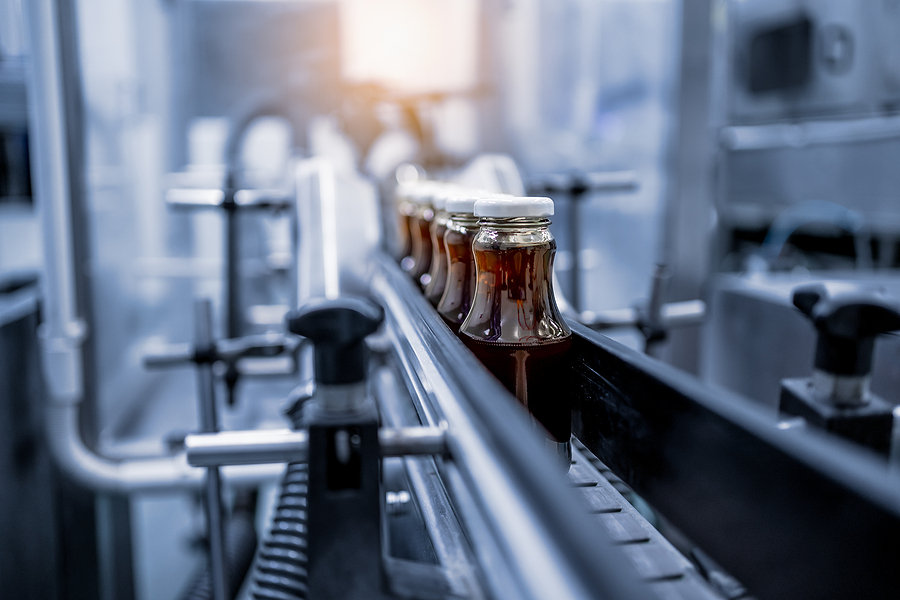By Bill Rokos, CTO, Parsec
Digital transformation has created a landscape rife with opportunities for manufacturers to optimize their operations. While most companies tend to focus on the ways in which these technologies can help improve their overall operational efficiencies, 4IR (and the umbrella of solutions that comprise it), stands to do a whole lot more than mere process optimization. With artificial intelligence (AI) and machine learning (ML) acting as the cornerstones of many of these digital tools, solutions that “learn” a company’s production process are helping prevent shortages of finished goods.
Through leveraging AI and ML, manufacturers can be better equipped to mitigate risks associated with unexpected production delays, material shortages, quality issues, and other complexities up and down the value stream. That said, it takes significant work, vision, and a commitment to one’s continuous improvement initiatives to achieve digital maturity.
The importance of real-time visibility
Poor visibility into production (and the factory floor in general) has traditionally been a pain point for manufacturers. Manufacturing execution systems (MES) and manufacturing operations management (MOM) platforms are fixing that. Through their interoperability, these software-bound solutions pull in and contextualize data from traditionally siloed shop floor systems. All of this aggregated data is then presented to operators and managers on living, evolving production dashboards, which help paint a real-time picture of what’s happening on the shop floor, and throughout an entire operation.
Having access to real-time data pertaining to production and performance enables manufacturers to get ahead of potential delays. It enables them to conduct root-cause analysis and get a better handle on the causes of poor quality. These insights help teams stave off equipment breakdowns, standardize operating procedures, implement best practices, and so much more. Pertinent real-time data and visibility transform how companies do business and empower the people responsible for executing production day in and day out.
Leveraging an optimized schedule
Production planning is no small feat, and this crucial piece of the manufacturing puzzle has (traditionally) been notoriously difficult to change or optimize. With scheduling often taking place at the start of the month, teams have had to rely on forecasting metrics and prior months’ trends and data to put together an idealized plan. However, variables in the manufacturing sector (be it customer demand, raw material availability, inbound orders, etc.) can change rapidly. Many companies have begun looking into solutions that enable informed, dynamic, real-time planning and scheduling to adapt to these various changes.
MES/MOM solutions can provide scheduling teams with the insight and flexibility they need to optimize their schedules in real time. As these platforms integrate with existing shop floor infrastructure, their scheduling tools can monitor things like human and machine asset availability, material inventory, production statuses and performance, and more. Leveraging this feedback in real time, these solutions present teams with evolving, optimized schedules that they can review and then push to production.
In highly regulated industries (like food & beverage), where changeovers play a prominent role, these scheduling tools can be used to design production schedules that either limit the number of changeovers a team will undergo, or schedule runs in an order that will result in minimal changeover timelines.
Augmenting human intellect
As impactful as AI and automation are, it’s important to remember that intelligent systems can only go so far. Humans will continue as an integral part of manufacturing operations. As AI continues its evolution, the technologies that arise requiring a human touch to be implemented, executed, and maintained will empower and support its users.
The most advanced intelligent systems allow humans and machines to symbiotically interact through a framework known as “humans-in-the-loop.” This framework works to ensure that, when a machine cannot solve a problem, an informed, empowered human will be there to step in and intervene, thereby creating a continuous feedback loop.
It is through this harmonizing of humans and machines that the true power of digital transformation is revealed. Out of this convergence of the organic and inorganic will come a future where production shortages, process inefficiencies, and less-than-ideal quality are truly a thing of the past.
